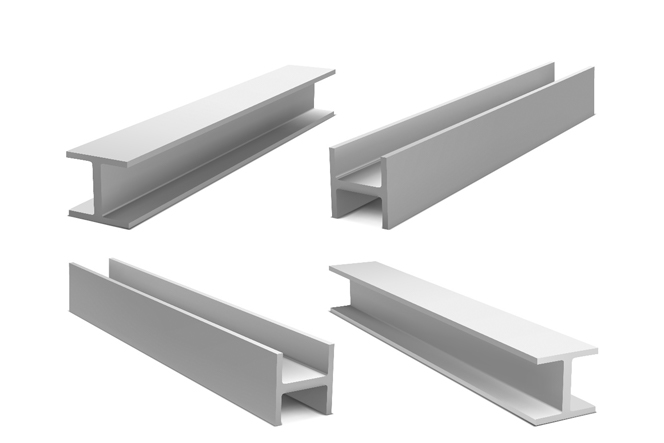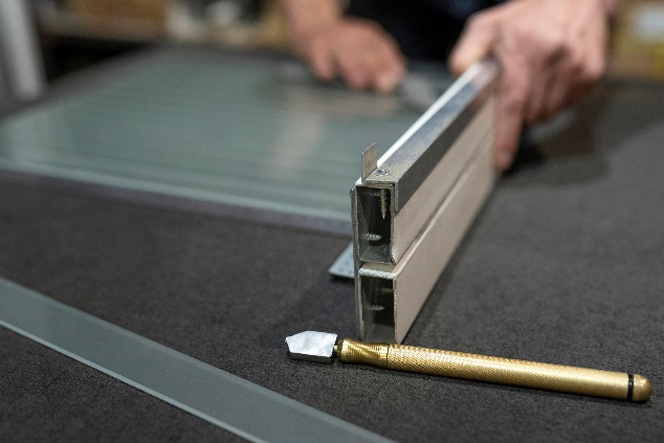It is an extremely popular material in construction and manufacturing industries that has incredible versatility and can never rust. Due to its free from corrosion, high strength and decorative appearance it is suited for angles and channel bars. But it is important to know the different grades of stainless steel in order to meet the right material for the project.

Stainless steel grades can be described as classifications of the specific element contents of the alloy inside the metal as well as its resistance to particular forces. These grades assist manufacturers and buyers to know whether the stainless steel is fit to be used in various applications. The most common grading systems are:
The use in construction from buildings to bridges.
Frames and reinforcements utilized in industrial machines.
Decorative applications because its finish is shiny.
Increased wear and tear resistance, moisture and chemical resistance particularly from chlorides.
Higher resistance to wear and tear especially in the sea and along the sea shore.
Price is higher compared to 304, however it is much more suitable for more severe conditions.
Marine structures and Ship building industry.
Chemical processing plants.
Outside architectural structures which are exposed to waters particularly salt water.
It has some magnetic properties that set it out from other stainless steel grades.
Mild environmental resistance, though it lacks even moderate resistance to most corrosives. Cheaper compared to 304 but not as long lasting.
Car interiors and household appliances.
Indoor decorative elements.

Environment: Evaluate the risks connected with exposure to dampness, chemicals, or saltwater. Choose 316-grade steel when working in very positive environments and choose 304-grade steel otherwise.
Strength Requirements: The grades such as 304 and 316 are strengthened to standards that makes them ideal for structural purposes.
Budget: Balance cost and performance. While grade 202 is affordable and unlikely to corrode in severe conditions it could be recommended.
Aesthetic Appeal: In applications where the stainless steel is on the surface of the object or a structure, opt for any of the glossy grades, 304 or 316 for instance.
The different grades of stainless steel is crucial to know when choosing the right material that will be used in angles and channel bars. By learning about the properties and uses of the different types such as the 304, the 316 for marine use or the more affordable 202, you will have a sound decision.
Send your enquiry to
sales@parthsteel.com